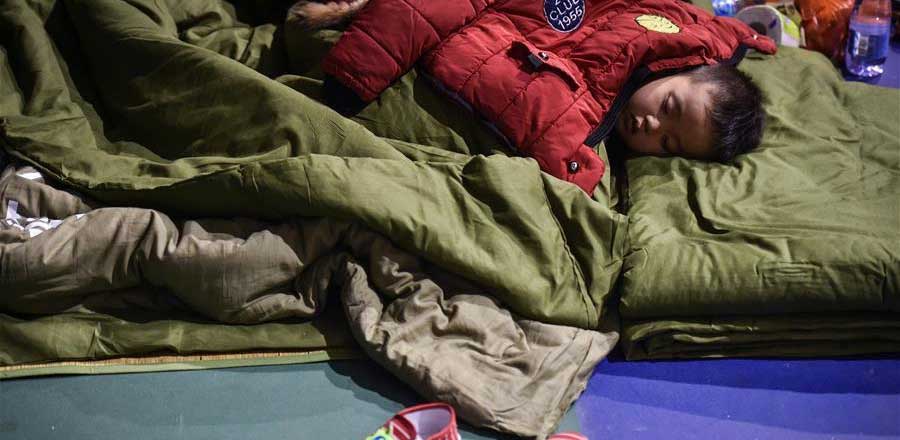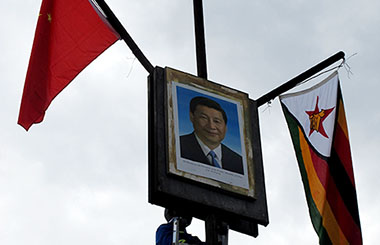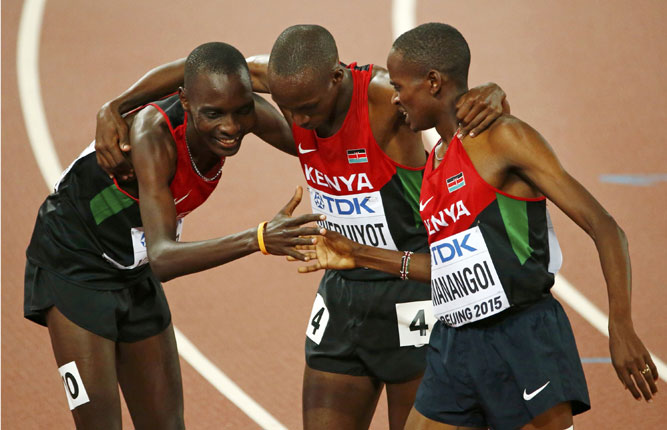
With so much the world focused on war, terrorism and the plight of a seemingly endless stream of refugees, it is no surprise that Somalia has been forgotten. The last time the country was featured in news headlines was nearly five years ago, when failed rains and failed politics led to famine. By the time the famine was declared over months later, hundreds of thousands had perished and millions more had been uprooted.
Since then, Somalia has been largely ignored by the news media. Many consider the information void a sign of progress. But does "no news" really mean "good news" in the case of Somalia?
Three weeks ago, I took a field trip to Baidoa, one of the largest cities in southern Somalia – the epicenter of the famine. It was still early in the morning, but the outpatient therapeutic feeding center run by UNICEF partner Deeg-Roor Medical was already packed with mothers and their young children.
Inside the single-floor building, which is about half of the size of a basketball court, multiple activities were taking place. In the inner sections, children were being weighed on a scale. Right next to it, doctors and nurses were assessing each child and diligently making note of their conditions. Across the room, a young female health worker was delivering a lesson on feeding and hygiene to a group of mothers and children. She was aided by a flip chart with colorful illustrations that helped enforce her messages on breastfeeding, handwashing and immunization.
Outside, more mothers and children were waiting to get in, shielding themselves from the sun in the little shade they could find – along the walls, beneath the trees, or just by holding up a headscarf.
Since the famine, malnutrition has decreased to some extent. Among children under five years old it has fallen from 18 per cent in the 2011 Gu (the rainy season in Somalia, which is the primary cropping season and runs from April to June) to 13 per cent in the 2015 Gu. However, the improvement has not been enough to lift hundreds of thousands of children out of the fear – and the reality – of hunger. The latest data shows that there are as many as 308,000 children who are acutely malnourished, including nearly 56,000 severely malnourished.
The statistic translates into this more graspable fact: at the moment, one in every seven Somali children is malnourished.














